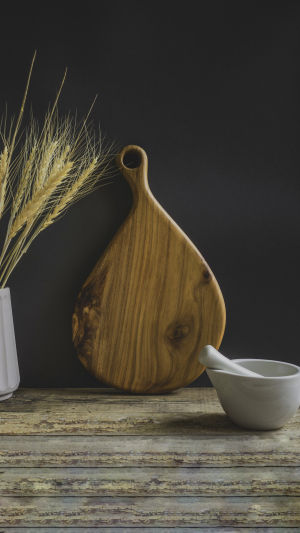<h3>Identifying Mold</h3>
<b>Mold</b> in your home can be a disturbing issue. Those tell-tale black spots and dusty areas on walls signal that something isn't right.
Distinguishing between <b>harmless mold</b> and types that could pose serious health risks is crucial for any homeowner.
<h3>About Molds</h3>
There are over one million species of <b>fungi</b>. Some play beneficial roles, like aiding in the production of medicines, while others can be harmful if they grow in the human body. Microscopic <b>fungi</b> or <b>mold spores</b> present in homes can trigger allergies and asthma.
<h3>Nature of Molds</h3>
<b>Molds</b> are tiny fungi that occur everywhere. They can be found on plants, in soil, and even on our bodies. Often seen creating patches outdoors or residing in indoor crevices, <b>molds</b> play a significant role in the ecosystem by recycling organic material into nutrients.
<h3>Where Molds Thrive</h3>
<b>Molds</b> can thrive in any building, regardless of cleanliness. Common places include beneath bathroom and kitchen sinks, shower curtains, dishwashers, and washing machines.
Moist environments like these enable <b>molds</b> to flourish, especially when there’s a persistent water source like a plumbing issue or flooding.
<h3>Types of Indoor Molds</h3>
Indoor molds commonly include species like <b>Aspergillus</b> and <b>Penicillium</b>, which are difficult to distinguish. They also include <b>Cladosporium</b> and <b>Chaetomium</b>, which thrive in wet carpets. Another frequent species is <b>Stachybotrys</b>, often found in moist areas like beneath plant pots.
<h3>Identifying Problems</h3>
Troublesome mold growth happens when materials like <b>drywall</b> get soaked, leading to extensive, dark patches.
Manageable mold infestations usually cover areas smaller than a pizza box and can be cleaned at home, whereas larger problems require professional removal and fixing the moisture source to prevent recurrence.
<h3>Professional Help</h3>
Severe mold growth could necessitate hiring an indoor air quality specialist to monitor <b>airborne spore concentrations</b>.
Low spore levels indoors are typical, but high <b>spore concentrations</b> can trigger allergies. Evaluations involve sampling both indoor and outdoor air, with discrepancies indicating mold growth inside.
<h3>Key Takeaway</h3>
Protecting vulnerable groups like infants and addressing moisture issues to prevent <b>mold</b> are essential steps in maintaining a healthy home. Knowing when to act and managing mold growth efficiently can save homeowners from unnecessary stress and potential health concerns.
When Mold in the Home Is a Problem (English)
Video by California Department of Public Health





